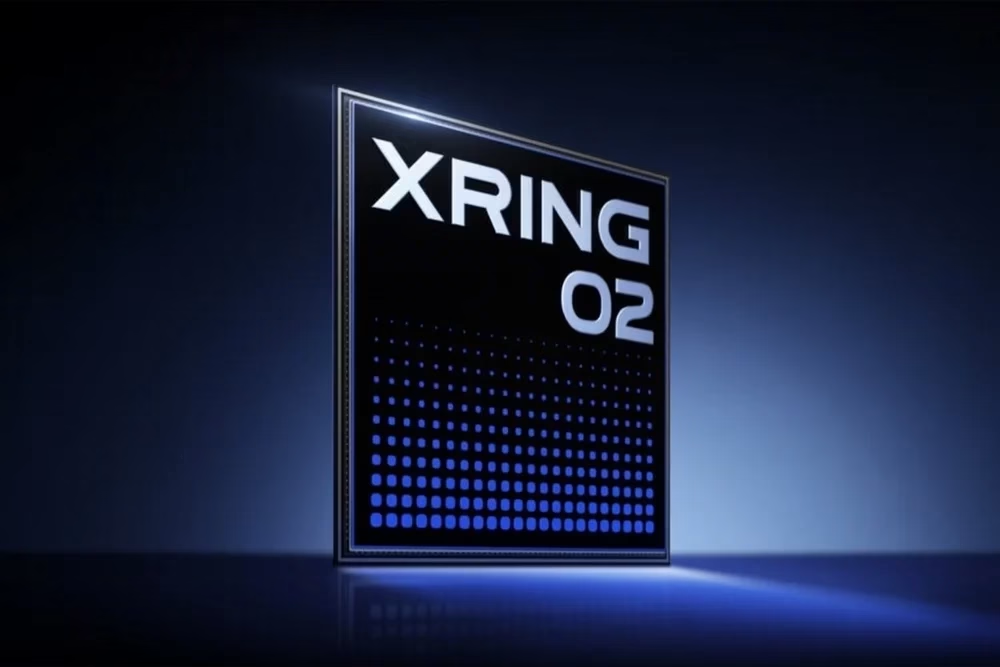A Glimpse of the Future? Xiaomi's Xring O2 Tipped for Q2 2026 with Next-Gen Arm Power
If these rumors hold water, Xiaomi isn't just aiming to compete with the likes of Oura and Samsung; it's looking to leapfrog them entirely. A 2026 timeline might seem distant, but it aligns perfectly with the development cycle for a device built on a brand-new chip platform. This isn't just an iterative update. It's a potential reset for what we expect from a tiny, finger-worn computer.
What a Next-Gen Arm Chip Actually Means
So, why is the processor the headline here? For wearables, the chip is everything. It dictates battery life, processing capabilities, and the sheer number of sensors you can cram into a tiny chassis. Arm's current wearable cores are already incredibly efficient, but the jump to a next-generation architecture, likely built on an even smaller process node, could be transformative.
A Quantum Leap in Battery Life
Let's be honest, charging a ring every few days is a pain. Sources familiar with Arm's roadmap suggest the new architecture prioritizes what they call "ultra-low power state" processing. This means the ring could perform background health monitoring for days, or even weeks, on a single charge. We're not talking about a 10% improvement; we're talking about a fundamental change in how you'd interact with the device. It could become something you truly forget you're wearing.
On-Device AI is the Real Game-Changer
- Proactive Health Alerts: It could analyze subtle changes in your heart rate variability (HRV), skin temperature, and blood oxygen to predict the onset of illness before you even feel symptoms.
- Smarter Sleep Coaching: Instead of just giving you a sleep score, it could analyze sleep stages with near-clinical accuracy and provide personalized feedback directly through the Xiaomi Health app.
- Enhanced Privacy: By processing sensitive health data directly on the device, the Xring O2 would rely less on the cloud, a huge win for user privacy and security.
This leap in processing power, it's not just about faster menus. It's about making the device truly intelligent and autonomous.
Navigating a Crowded Ring Market
Xiaomi is no stranger to wearables, but the smart ring space is a different beast. By 2026, the market will likely be far more mature. Samsung's Galaxy Ring will have established a major foothold, and Oura will be on its fourth or fifth-generation device. Apple's long-rumored entry might even be a reality by then.
So, is Xiaomi's strategy of waiting for next-gen tech a brilliant move or a risky gamble?
It's a bit of both. By waiting, they risk letting competitors define the market and capture early adopters. But they also get to learn from their rivals' mistakes and enter the scene with a product that could be, technologically speaking, a full generation ahead. Xiaomi's classic strategy has always been to offer premium features at a disruptive price point. A 2026 Xring O2 with a groundbreaking chip and week-long battery life for, say, under $250? That could seriously shake things up.
What to Watch For
Right now, this is all based on early whispers. A lot can change between now and 2026. The project could be altered, delayed, or even canceled. But the breadcrumbs are intriguing.
The key indicator to watch will be Arm's own announcements. We'll likely hear about their next-gen wearable platform sometime in 2025. Once that happens, these Xiaomi rumors will either gain a ton of credibility or fade away. For now, the prospect of a Xiaomi Xring O2 serves as an exciting preview of where the entire wearable industry is headed: smaller, smarter, and far more powerful.
